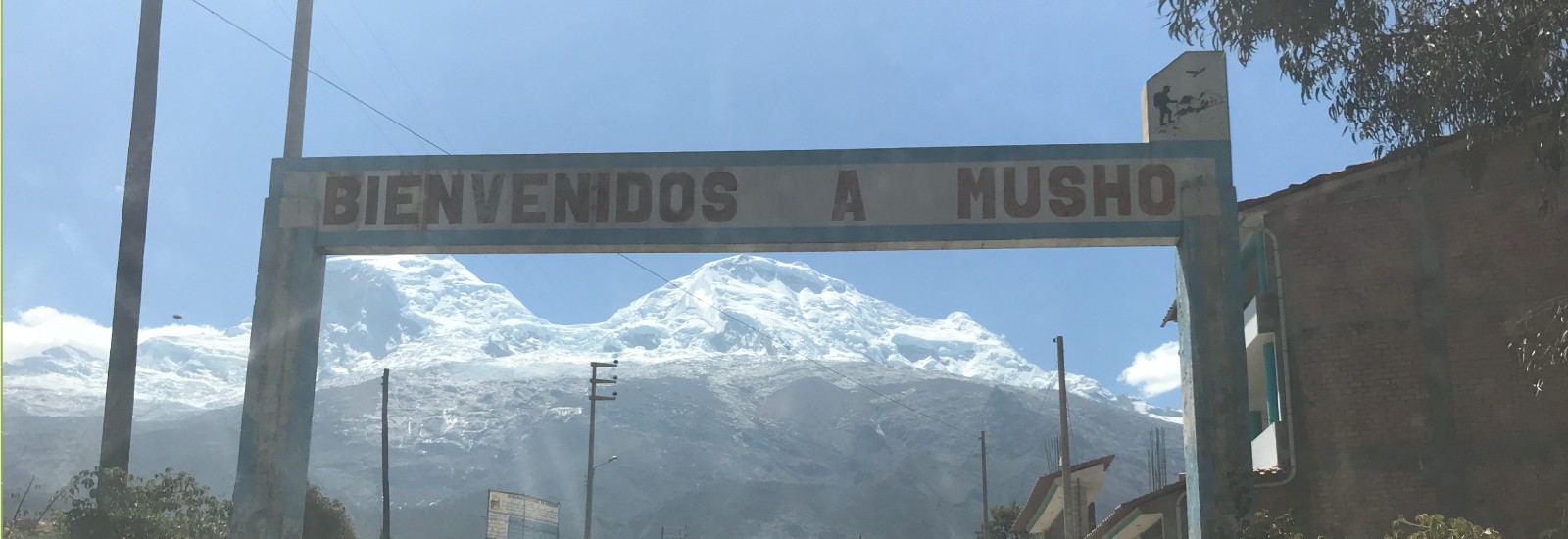Fieldwork in Peru shows importance of respecting local politics and customs
The scientific expedition to collect glacial ice from Earth's highest tropical mountain had, so far, gone smoothly. The weather had been perfect. The machines had worked without failure. No one had gotten sick, and though avalanches had forced the team to find a new route up the mountain, they had done so relatively quickly.
It was late July 2019, and the trip, to the mountain Huascarán in the Cordilleras Blanca region of rural Peru, was shaping up to be one of the most successful this team had ever attempted.
They had drilled 471 meters of glacial ice cores under clear skies. The cores, long columns of ice that had been frozen since the last Ice Age, were clear and clean, and waiting to be carried off the mountain to a freezer truck, to Lima, to an airplane that would fly them back to the United States and to their eventual home at The Ohio State University. There, they would stay, carefully cataloged in a polar-temperature freezer, until their contents could be analyzed, offering up new clues and histories of the Earth's climate.
It all changed on one afternoon.
An angry mob from the village of Musho, a small community at the western base of Huascarán, stood at the researchers' hut, shouting in a mix of Spanish and their indigenous language.
One of the scientists, a postdoctoral researcher at The Ohio State University Byrd Polar and Climate Research Center who was born in Mexico, listened carefully, then translated for the group.
"They think we are here to mine the mountain for gold," the scientist, Roxana Sierra-Hernandez, told her colleagues. "They think the government has sold the mountain to the Americans."
Lonnie Thompson, a distinguished university professor at Ohio State who has led some 80 scientific expeditions in search of glacial ice, rubbed his forehead.
It was not the first time that he would need to negotiate with a local community in order to do his research.
But he had spent the last year working with the Peruvian government in the hopes of avoiding this type of complication. The ice cores his team had drilled would be, he believed, some of the most complete records of Earth's air quality and climate going back some 20,000 years.
The urgent need for the work was obvious: From the peak of Huascarán, 22,000 feet above sea level, his team had seen hazy smoke that seemed to be coming from the direction of the Amazon.
He knew the cores would give scientists greater insights into Earth's warming atmosphere. But first, he had to get them off the mountain.
Thompson also knew that something larger was at play, something that spoke to the relationship the people in this rural community had with the federal government, about the history of this mountain and what it had been used for and who had been given access to its resources. And though it might not have had anything to do with his team or their work, it didn't matter: In order to get the ice safely off the mountain – itself a challenge – he needed to make sure these villagers understood the researchers' purpose.
To continue reading about how scientists face angry communities.
